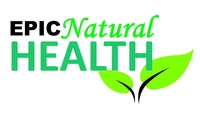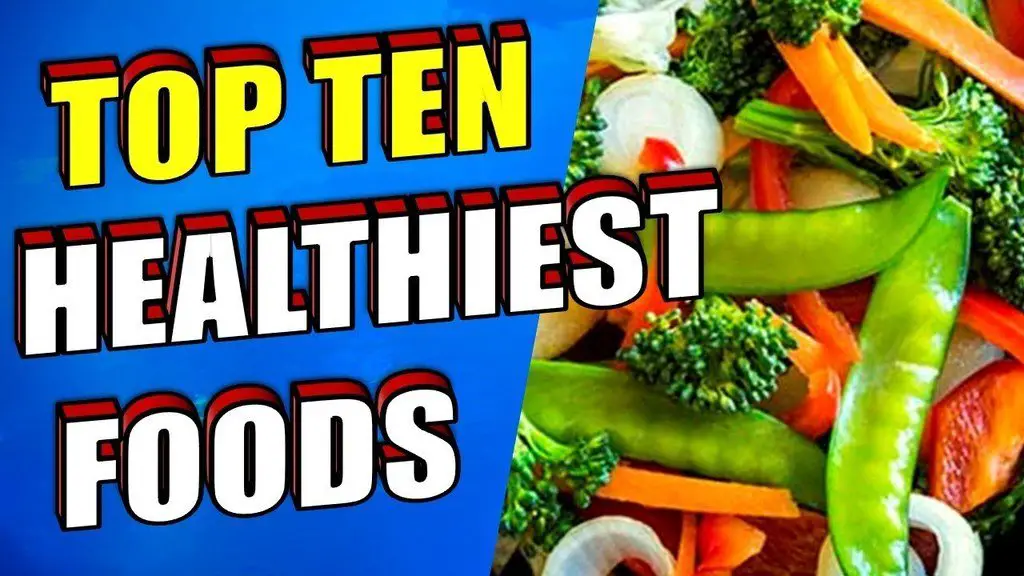Our diets are strongly linked to our overall health, with the foods we eat playing a huge role in our likelihood of living a long, healthy, happy life. Avoiding nutritional foods and choosing to eat high quantities of the bad stuff puts you more at risk of disease, low energy, and infection. You may also be overweight and have an unhealthy fat mass.
Eating healthy foods is very different – and much more rewarding – than going on a diet. Simply by making the change from unhealthy foods to those that are high in nutritional value will help to improve your mood, boost your energy levels and maintain a healthy weight. The long-term benefits of a healthy diet are even better – you can enjoy a reduced risk of diseases such as diabetes, stroke, cancer and heart disease. When you combine healthy eating with exercise, you can also benefit from a better physique.
If you’re keen to learn how to provide your body with the healthy foods it needs, this post will act as the guide you need. You’re probably wondering which foods are the best for our health, and which we should be including more of in our diets. Read on to learn which foods are considered the top 10 healthiest of all time.
10 Healthiest Foods to Eat and Add To Your Diet
1. Quinoa
You’ve probably heard a lot about quinoa, the supergrain, in recent years. Being a source of high protein and naturally gluten free, quinoa is actually an edible seed that has a similar consistency to rice or couscous.
It’s a good source of dietary fibre, and also contains a lot of manganese, calcium and magnesium. In studies, quinoa has proven to support weight loss, improve digestion, prevent bone diseases, protect vital organs and even prevent cancer.
Cooked quinoa is chewy, fluffy and creamy all at once. It has a subtle nutty flavour and is incredibly versatile. You can use quinoa as a substitute to couscous, rice, pasta and oats in every dish, from breakfast to dinner. To cook quinoa, rinse it under running water before adding to a pan of boiling water, then simmering following the pack instructions.
2. Avocados
Avocados are another food with superfood status, with nutritionists and all our favourite celebrities favouring them for their delicious creamy taste and nutritional benefits. Avocados are one of the best sources of healthy fats, which we need for heart health and lowered cholesterol.
It doesn’t take an expert to understand why the health-conscious get so excited by avocados. They’re a rich source of vitamins and minerals, like potassium, vitamin C, vitamin K, vitamin E and vitamin B5. Combined, these nutrients boast a number of beneficial effects, including supporting the digestive system, protecting eye health, and lowering cholesterol. One study even found that avocado extract could reduce symptoms of arthritis.
With avocados being such a popular breakfast staple, you might want to stick to tradition and enjoy smashed avo on toast every morning. For extra benefits, accompany your avocado with wholegrain bread, salmon, tomatoes and poached eggs.
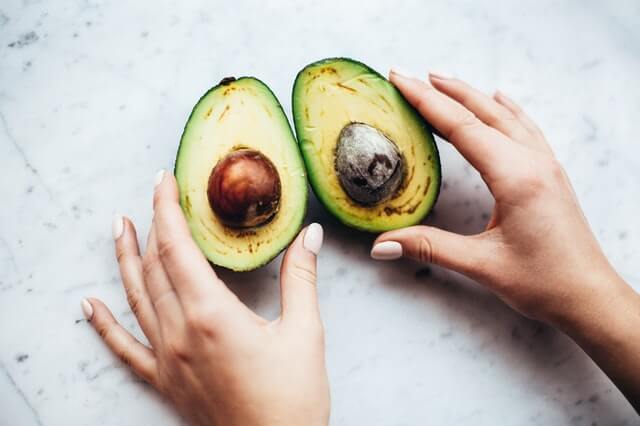
You can also use avocados to make the popular Mexican dip, guacamole. If you’re feeling particularly experimental, why not add avocado to your salads or even cook it under the grill? Simply prepare it by cutting in half and removing the seed, then use it however you want.
3. Kale
What’s all the fuss about?
Love it or hate it, kale is up there with the healthiest green foods in the world. This curly vegetable is otherwise known as leaf cabbage, and has textured purple or green leaves. Thanks to its numerous health benefits, it has been growing in popularity since the early 2000s, and is favoured for its vitamin, mineral and fibre content.
Kale’s high potassium content is important for reducing heart disease risk, and this veggie has also been linked to improved wellbeing and a decreased risk of common diseases. Being fibre-rich, it can support proper digestive functioning, and one study found that people who include kale in their diets are healthier in general than those who don’t.
It’s easy to add kale to a salad or sauté it and eat it as a nutritious side dish. If you’re a lover of smoothies, try adding kale to your green beverages for an energy boost. It doesn’t take much prep – just cut it and remove the stems if you prefer, then cook it or eat it raw.
4. Spinach
We’ve mentioned kale, so of course, spinach is also on this list. Spinach is even more popular than kale, probably because it’s less intimidating, with its small, smooth leaves.
Research has uncovered spinach’s impressive health properties, from its calcium content that can contribute to bone health, to its vitamins C and A, folic acid and fibre, that can support digestion, maintain bodily functions and even prevent certain cancers. Spinach has also been linked to a reduction in heart disease risk and blood pressure.
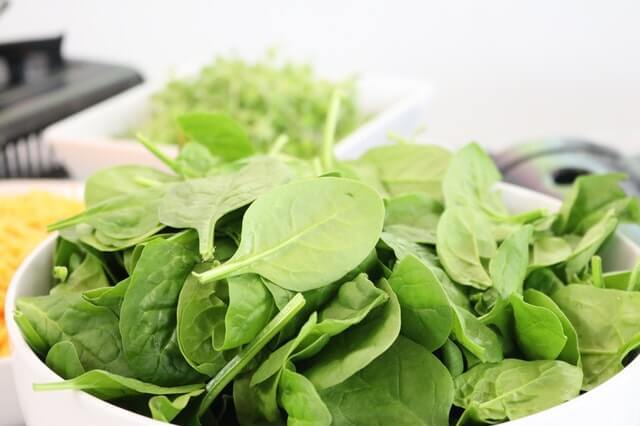
Spinach is perhaps the easiest on this list to add to your diet. If you buy it washed and ready to eat from a supermarket, there’s nothing you have to do – just add it straight to a salad and toss with your favourite fruits, veggies and dressing. You can also cook spinach, which makes it easier to eat, as cooked, wilted spinach is more than half the size of its raw form.
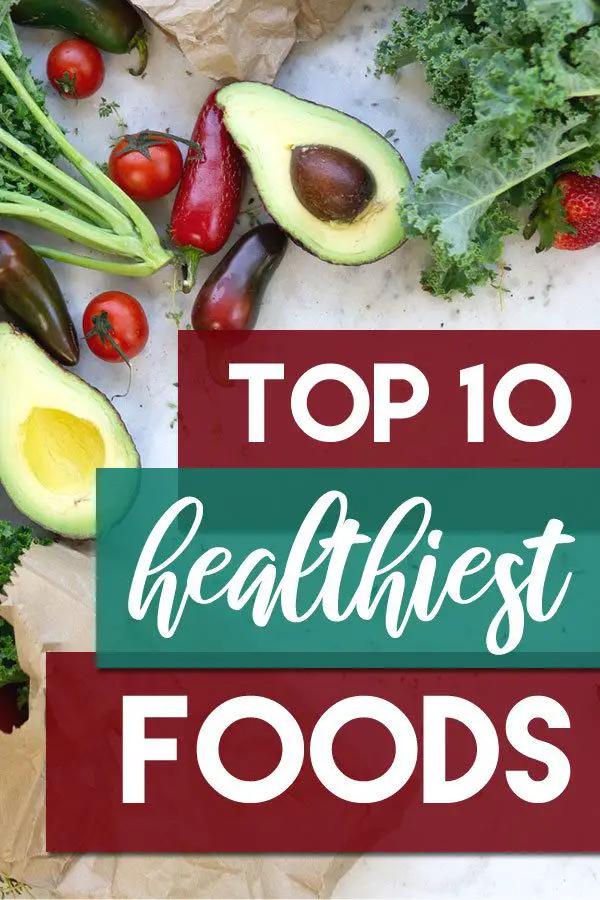
5. Blueberries
Blueberries are some of the tastiest fruits out there. They make a fantastic healthy snack, and are often included in healthier dessert recipes, so there’s nothing short of what you can do with them. Considered a superfood, blueberries are a rich source of antioxidants. For this reason, they’re capable of warding off illness, improving physical health, and even preventing mental illness.
Blueberries are a great source of fibre, with a single serving containing 4 grams. Vitamin C, K and manganese can also be found in abundance in blueberries. Studies have found that blueberries can help reduce inflammation, regulate blood sugar and support growth and repair of the body’s cells.
Being so adaptive, blueberries can be eaten raw or incorporated into your favourite sweet dishes. Try eating them alone or using them to top your porridges or yogurts. You could also incorporate blueberries into protein pancakes or, as a healthier dessert, enjoy them with low-fat cream and a sprinkling of sugar.
6. Eggs
Eggs are one of the most affordable protein sources available. We’ve enjoyed eggs for breakfast for years, but even today we’re continuing to learn about the benefits of this food. Eggs are packed full of iron, and they’re also rich in vitamin B6 and vitamin D, as well as vitamin B12, which many of us are deficient in. Zinc and copper are two beneficial minerals found in eggs.
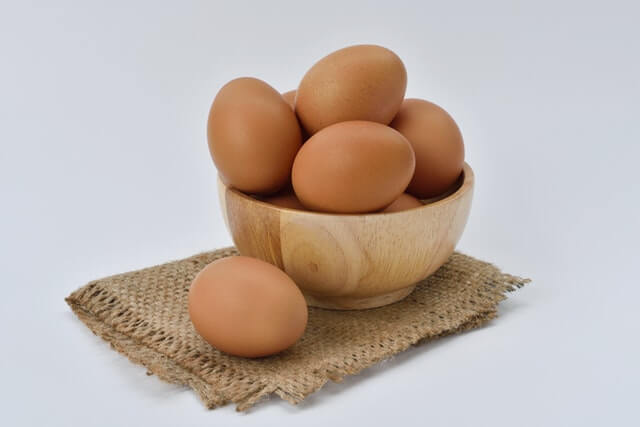
The way you prepare eggs plays a big role in how healthy they are. To get the biggest nutritional benefits without the negatives, avoid frying them in high-calorie oils or fats. Instead, boil or poach your eggs or make an omelette packed with veggies. You could even bake eggs in muffin cases to make savoury egg muffins.
7. Coconut
Though coconut often gets incorporated into non-dairy products, it’s often forgotten about in terms of its nutritional value. If you don’t already include some form of coconut in your diet, it’s time you did – it’s one of the healthiest foods of all time.
While coconut is high in calories and should only be eaten in moderation, it’s a fantastic source of healthy fats. It’s also packed with fibre, magnesium, and copper and zinc, which are needed for energy production, cell protection, and nervous system regulation.
You can buy coconut snacks from the majority of health stores, but if you’re feeling more hands-on, it’s not hard to prepare coconut yourself and add it to your own recipes.
- Amazon Kindle Edition
- Bowden, Jonny (Author)
- English (Publication Language)
- 376 Pages - 06/01/2017 (Publication Date) - Fair Winds Press (Publisher)
- Sustainably cultivated and harvested from South Korea, seaweed is one of the most nutrient dense foods in the world and is naturally loaded with protein, fiber, vitamins and minerals; our seaweed has no artificial flavors or preservatives and is non-GMO
- Our original seaweed snack is made from premium organic seaweed, roasted to crispy perfection & seasoned with one of 8 savory flavors; Sea Salt, Extra Virgin Olive Oil, Teriyaki, Toasted Sesame, Wasabi, Sea Salt & Avocado Oil, Chili Lime & New KBBQ
- Contains 6 – 0.17 oz (5g) Packs
- EAT ON THE GO by dropping in a single pack of Gimme Organic Roasted Seaweed in your bag or child’s lunchbox for a quick and easy snack; only 30 calories per a single pack
- Mateljan, George (Author)
- English (Publication Language)
- 900 Pages - 05/28/2015 (Publication Date) - GMF Publishing (Publisher)
- Hardcover Book
- Evans, Pete (Author)
- English (Publication Language)
- 288 Pages - 02/11/2025 (Publication Date) - Childrens Health Defense Books (Publisher)
8. Garlic
Garlic is considered “the ultimate superfood” – which is great news for the garlic lovers out there! Known for its pungent, delicious flavour, garlic contains vitamin B6 and vitamin C, manganese, selenium, and a range of antioxidants that make it one of the best foods for warding off everything from common colds to high cholesterol and blood pressure spikes, heart disease, and even cancer.
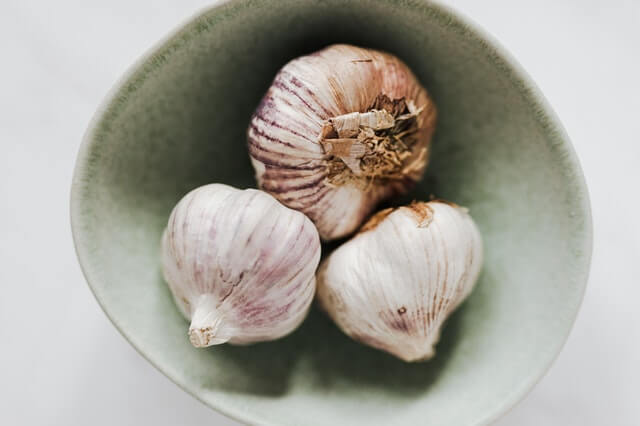
It’s best to cook garlic rather than eating it raw, unless you’re a fan of super-strong flavours! You can chop it and fry it, adding it to stir fries and pasts dishes for an enjoyable garlicky tang. Garlic also tastes great when it’s roasted and served with meats and veggies.
9. Sweet potatoes
Sweet potatoes definitely shouldn’t be reserved for the holiday season only – research into their nutritional superpowers shows that they’re incredibly beneficial when included in our daily diets. Known for their sweet flavour and distinctive bright orange colour, sweet potatoes are the healthier alternative to white potatoes.
A cup of sweet potato contains almost the same fibre as the same amount of oatmeal, so it’s ideal for supporting healthy digestion. An additional benefit of sweet potato’s high fibre content is its ability to help people with diabetes, particularly with blood glucose management and weight maintenance. Sweet potato is also high in potassium, an essential mineral for normal cell function, and beta carotene, which supports eye health.
You can easily switch up your white potato dishes, such as potato wedges, mashed potato and potato casserole, for sweet potato. It’s important to cook sweet potato to get rid of its bitter taste, and roasting or boiling them us the easiest way to bring out their sweet flavour. You can even use sweet potato in healthy desserts, like muffins, pancakes and brownies.
10. Dark chocolate
There’s been a debate about the healthiness of dark chocolate seemingly since the beginning of time. But let’s get one thing clear: dark chocolate is high in fat, so it should be consumed in moderation, but it’s still packed with nutritional ingredients that we can benefit from.
Why dark chocolate? Because it contains fewer carbohydrates and sugars than milk chocolate, and it contains antioxidants that can help to improve brain function and reduce inflammation and heart disease risk.
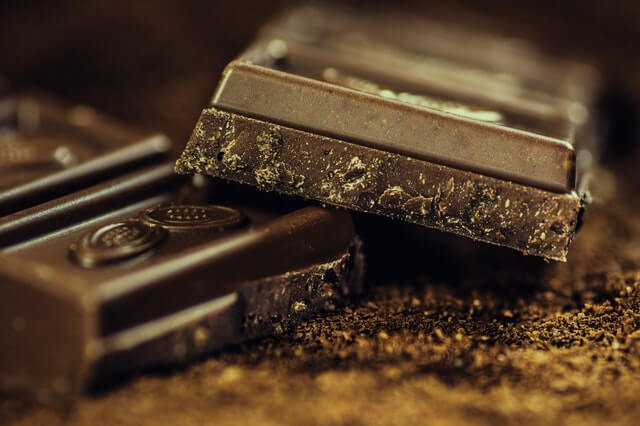
You can buy most dark chocolate from your local supermarket, where you can find it in a number of different percentages. The higher the percentage of cacao, the better the chocolate generally is - but the more bitter the taste. It’s recommended that you consume 1 to 2 ounces or 30 to 60g of chocolate a day - so try not to get too carried away!
Conclusion
How many of the top ten healthiest foods do you already include in your diet? You’re doing well if you already eat most of them - but if not, it’s never too late to improve your diet. We’re lucky to have the internet at our fingertips, which is a fantastic source of information and inspiration if you’re looking to cook with any of these healthy foods yourself.
